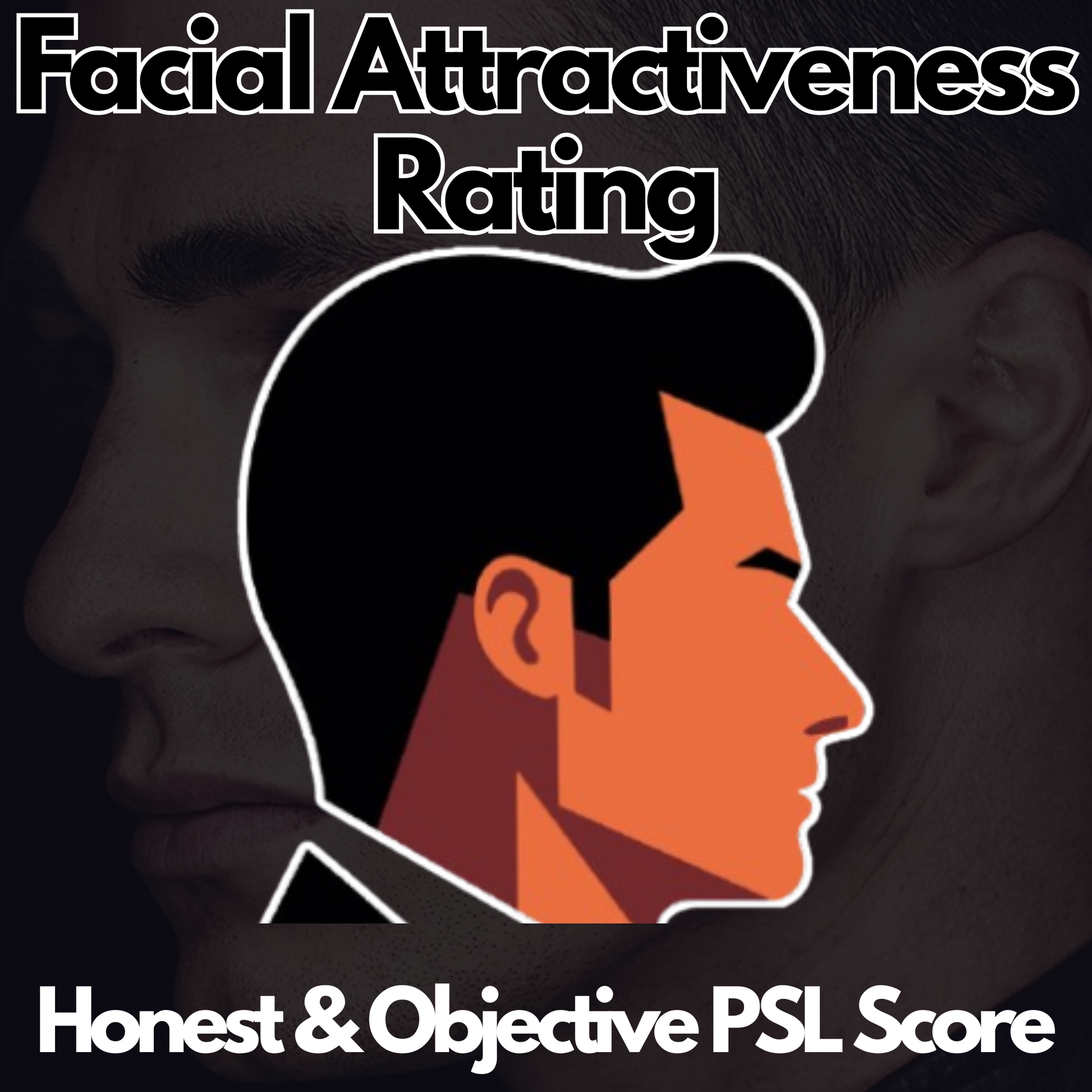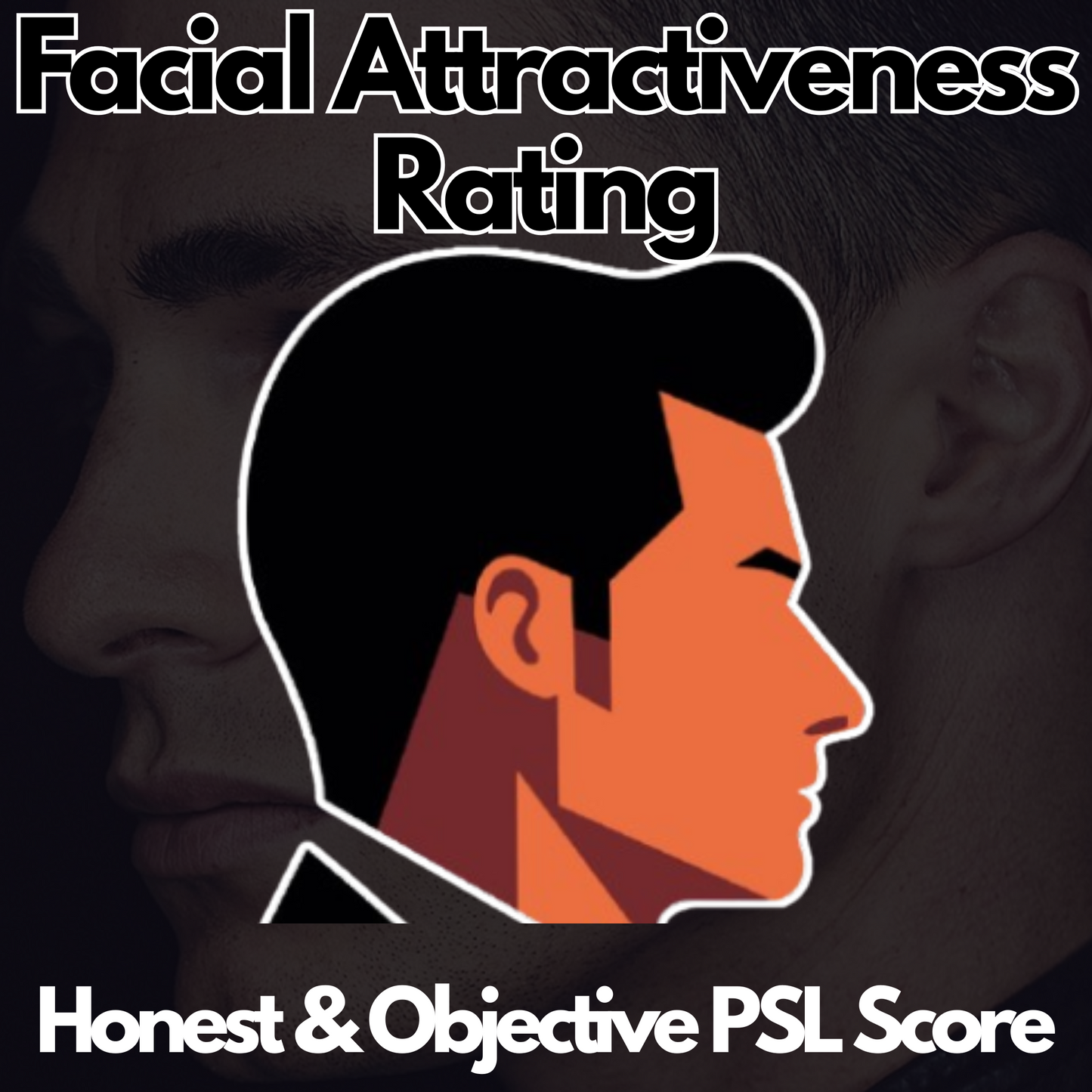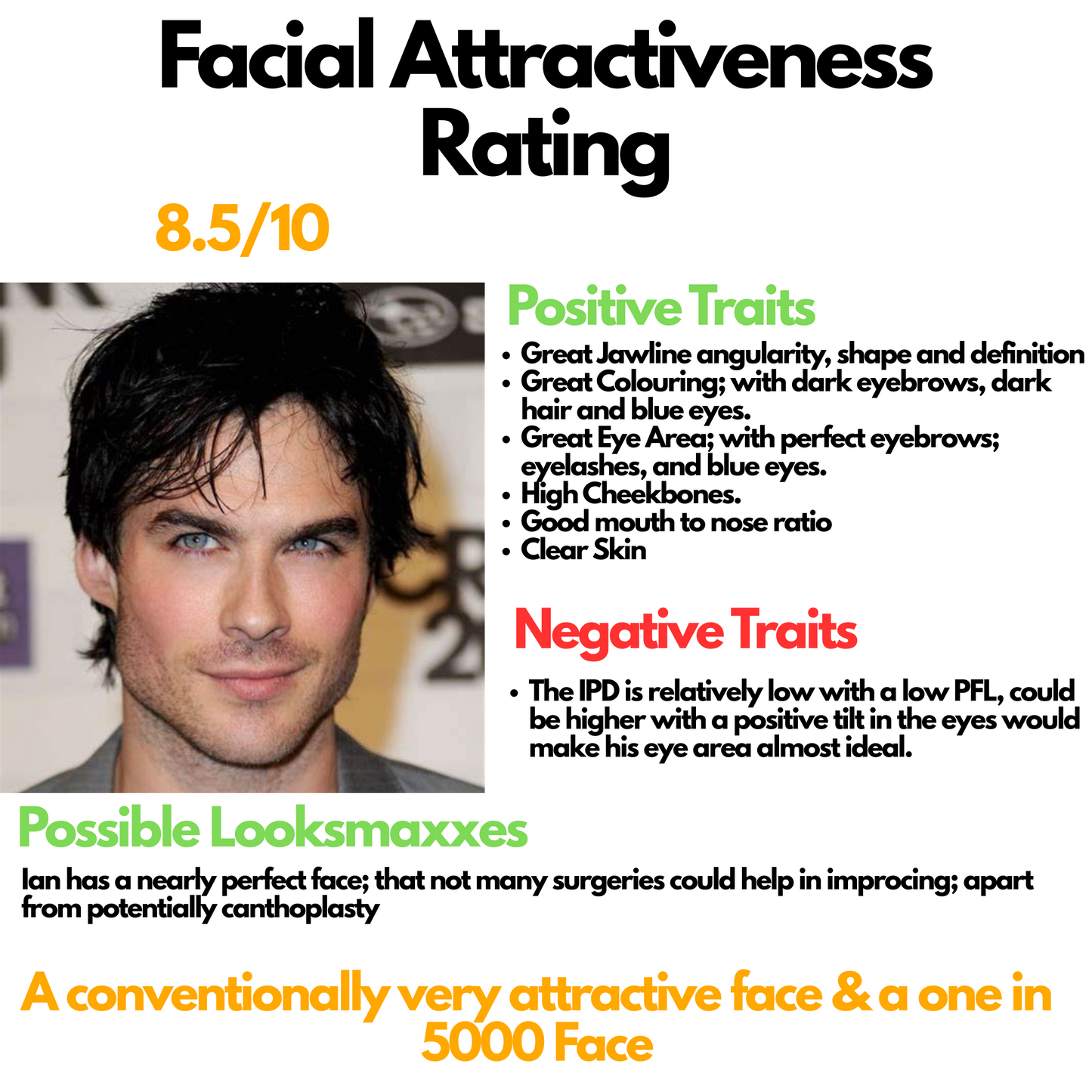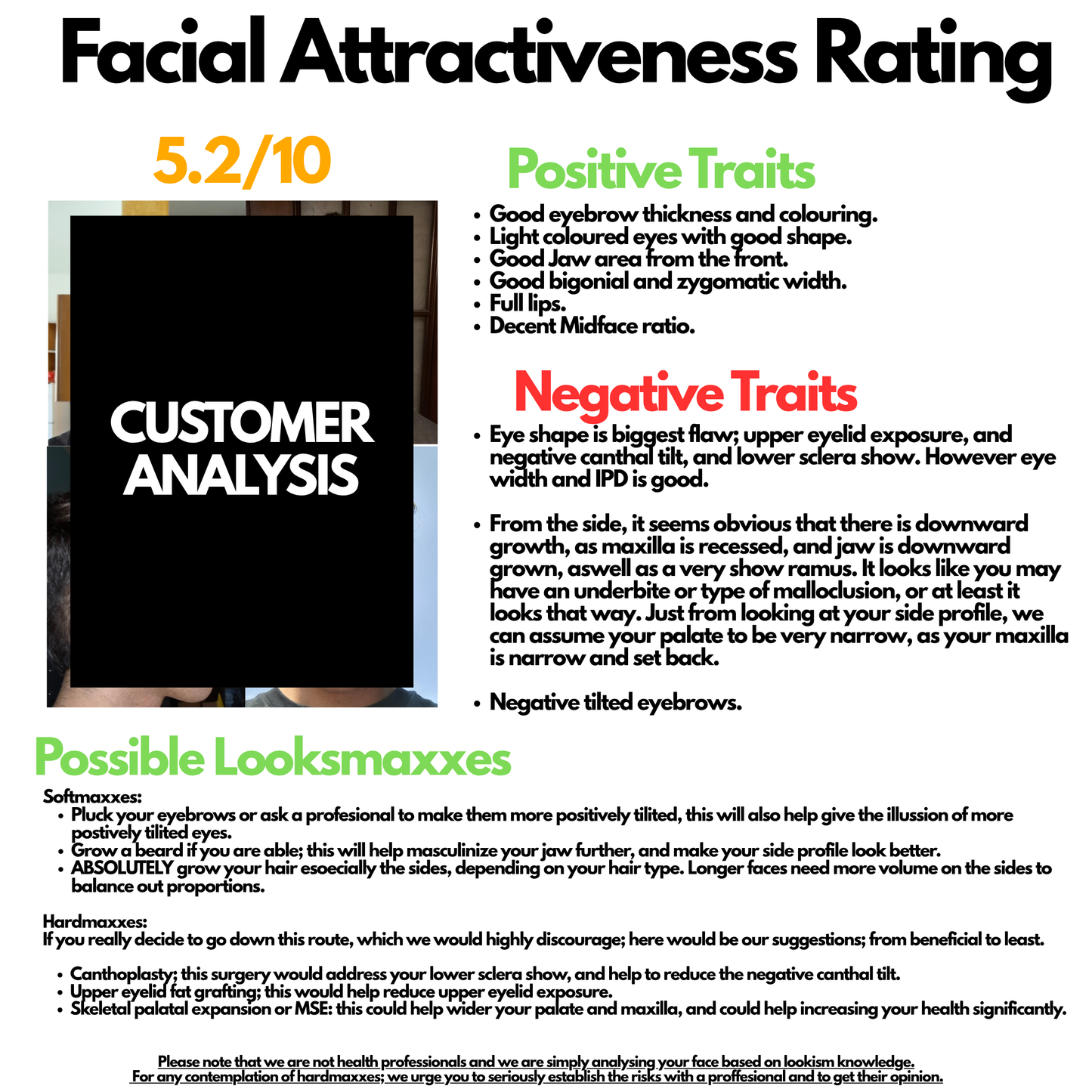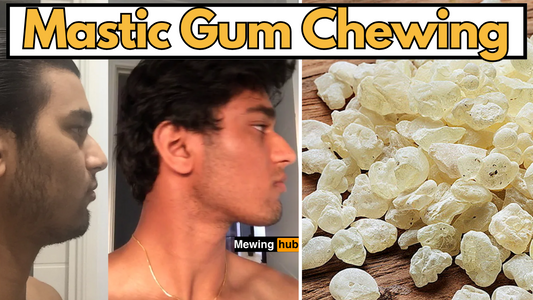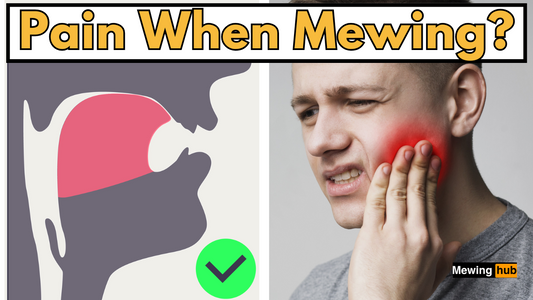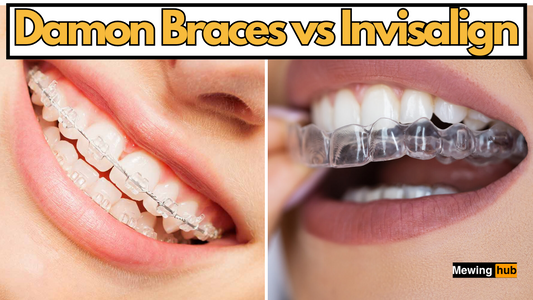Can Mewing Cause TMJ? The Connection Between Mewing & Jaw Health
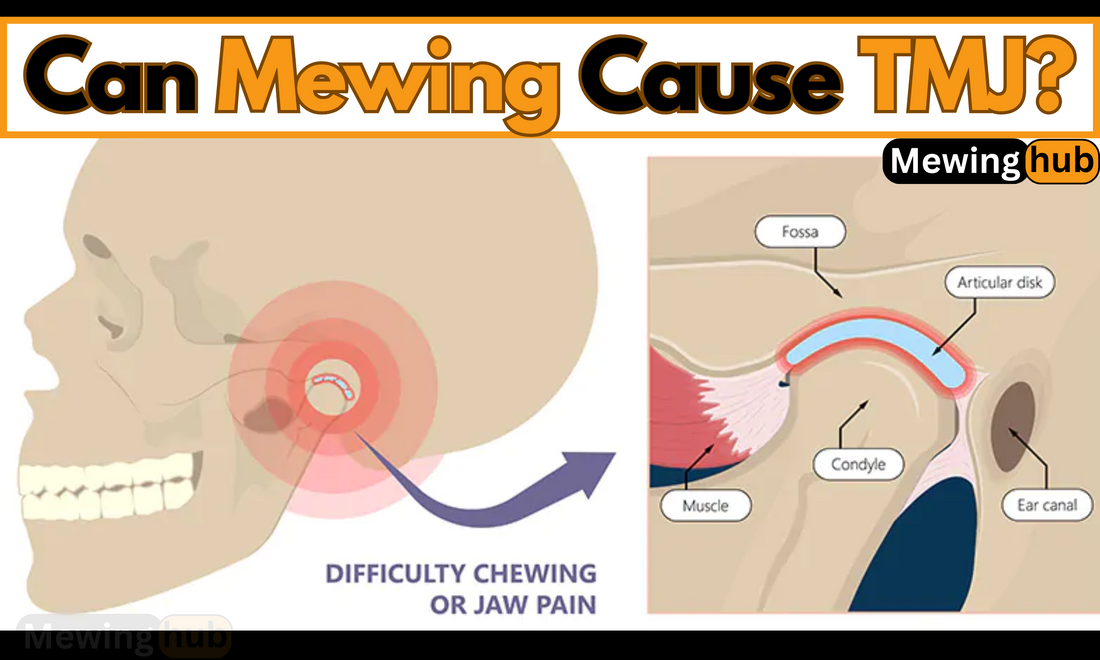
Share
Mewing has become a popular topic among those seeking to improve their facial aesthetics and jaw alignment. However, a common concern arises:
Can mewing cause TMJ (temporomandibular joint) disorders?
Let's explore this question and clarify the relationship between mewing, tongue posture, and jaw health.
What is TMJ?
The temporomandibular joint (TMJ) connects your jawbone to your skull, allowing for movements necessary for chewing, speaking, and other daily activities.

When this joint becomes dysfunctional, it can lead to a range of symptoms known as temporomandibular disorders (TMD), including:
- Jaw pain
- Clicking or popping sounds when opening or closing the mouth
- Difficulty chewing
- Locking of the jaw joint
- Facial pain
- Earaches
The Role of Mewing in Jaw Health
Mewing involves maintaining proper tongue posture by resting the tongue against the roof of the mouth. This technique is designed to encourage better jaw alignment and facial structure. Many proponents of mewing claim that it can help alleviate TMJ discomfort rather than cause it.
Is It Likely That Mewing Causes TMJ?
It is very unlikely that mewing will cause TMJ issues if you are practicing it correctly.
Here are some key points to consider:
1. Proper Technique: When done correctly, mewing should not place undue stress on your jaw. Instead, it encourages a natural resting position for your tongue and jaw.
2. Avoid Clenching: If you are not clenching your jaw or engaging in excessive chewing (what some might call "chewing marathons"), the risk of developing TMJ from mewing diminishes significantly.
3. Natural Resting Position: Mewing promotes how your tongue and face should naturally rest. It’s designed to support optimal oral posture rather than disrupt it.
4. Expert Opinions: According to Dr. Mike Mew, a leading advocate for mewing, proper tongue posture may actually help in fixing TMJ issues rather than causing them. His approach focuses on aligning the jaw through correct oral posture.
The Importance of Consistency in Mewing

For those practicing mewing, consistency is key. Over time, maintaining proper tongue posture can lead to positive changes in facial structure and may even alleviate existing TMJ symptoms by promoting better alignment.
Making Mewing a Habit
The goal should be to make mewing a subconscious habit. When you no longer have to think about it consciously, you're more likely to maintain proper tongue posture throughout the day without straining your jaw.
Potential Risks of Incorrect Mewing
While proper mewing is unlikely to cause TMJ issues, incorrect techniques or excessive force can lead to problems:

1. Overexertion: Applying too much pressure with your tongue can strain the muscles around the jaw.
2. Jaw Clenching: If you're clenching your jaw while trying to maintain tongue posture, this can lead to tension and discomfort.
3. Inconsistent Practice: Inconsistent application of mewing techniques may result in fluctuating facial changes and potential discomfort.
Conclusion: Mewing and TMJ – A Balanced Perspective
In conclusion, **mewing is unlikely to cause TMJ disorders** when practiced correctly and without excessive force or clenching. Instead, maintaining proper tongue posture can support optimal jaw alignment and potentially alleviate existing TMJ issues.
If you're considering incorporating mewing into your routine or are experiencing discomfort related to TMJ, it's always wise to consult with a healthcare professional or dental expert. They can provide personalized advice based on your specific needs and help ensure that you're practicing mewing safely and effectively.
By understanding the relationship between mewing and TMJ, you can confidently pursue this technique as a means of enhancing both your facial aesthetics and overall oral health without unnecessary worry about potential risks.

